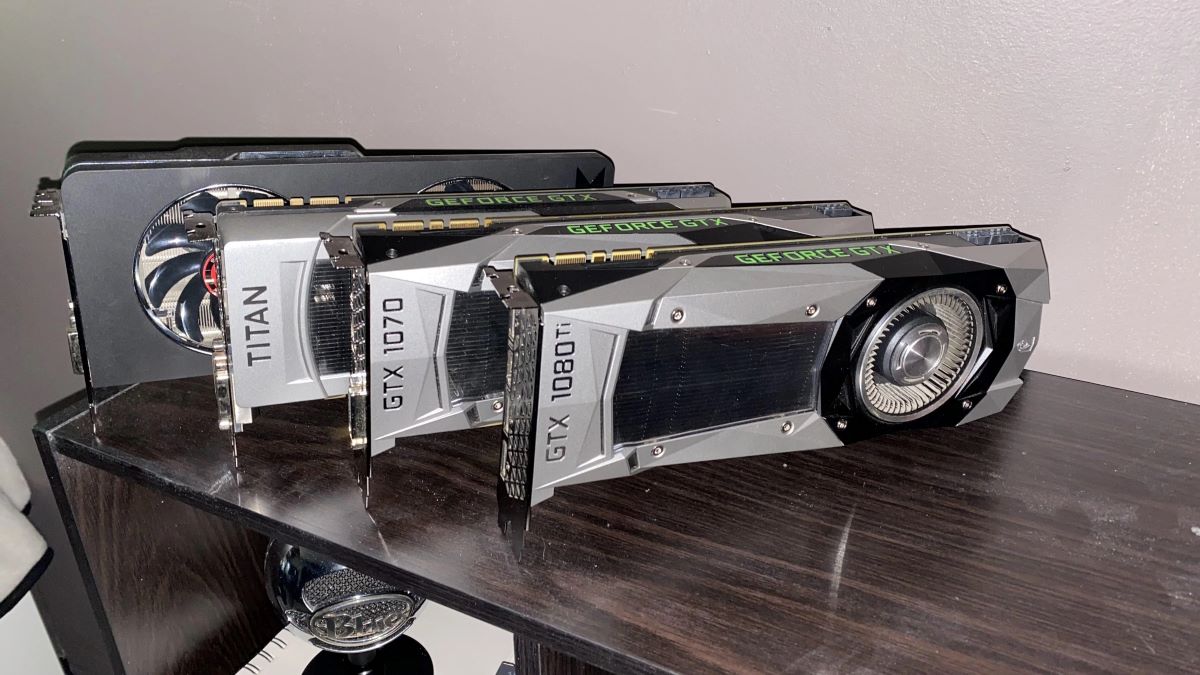

Articles
How To Store A GPU
Modified: January 20, 2024
Learn how to properly store your GPU with these helpful articles. Find tips and tricks to keep your graphics card in top condition.
(Many of the links in this article redirect to a specific reviewed product. Your purchase of these products through affiliate links helps to generate commission for Storables.com, at no extra cost. Learn more)
Introduction
Gaming enthusiasts and professionals alike understand the value of a high-performance Graphics Processing Unit (GPU) in their systems. Whether it’s for gaming, graphic design, or data analysis, a GPU plays a crucial role in delivering smooth and immersive experiences. However, when it comes to storing a GPU, proper precautions must be taken to ensure its longevity and functionality.
Storing your GPU correctly not only protects it from physical damage but also helps maintain its performance capabilities for future use. In this article, we will explore the importance of proper GPU storage, how to choose the right storage location, preparing the GPU for storage, storing the GPU, and the importance of regular maintenance and inspection.
Now, let’s dive into the details to ensure your valuable GPU stays in optimal condition when not in use.
Key Takeaways:
- Proper GPU storage is crucial for protecting your investment, maintaining performance capabilities, preventing unnecessary damage, and ensuring easy accessibility. Choose the right location, prepare the GPU, and perform regular maintenance for optimal results.
- When storing your GPU, consider factors such as temperature, humidity, dust, and physical protection. Clean the GPU, choose a dedicated storage container, and perform routine maintenance and inspections to preserve its functionality and longevity.
Read more: How to Adjust GPU Fan Speed
Importance of Proper GPU Storage
Proper storage of your GPU is vital for several reasons. First and foremost, it helps protect your investment. GPUs can be quite expensive, and ensuring their safekeeping is essential to avoid any potential damage that may lead to costly repairs or replacements.
Additionally, storing your GPU correctly helps maintain its performance capabilities. Over time, dust and dirt can accumulate on the card, affecting its cooling system and overall functionality. By providing the right storage environment, you can minimize the risk of dust build-up and ensure that your GPU remains in peak condition for whenever you need it.
Moreover, proper storage prevents unnecessary wear and tear on the GPU. Exposing the card to extreme temperatures, moisture, or physical impact can lead to component damage and reduce its lifespan. By implementing appropriate storage practices, you can minimize the risk of such issues and extend the life of your GPU.
Lastly, storing your GPU properly allows for easy accessibility when needed. When you store your GPU in a designated location, you can easily locate and reinstall it whenever you require its processing power. This convenience saves time and ensures a smooth transition when upgrading or reinstalling the GPU into your system.
In summary, proper GPU storage is crucial for protecting your investment, maintaining performance capabilities, preventing unnecessary damage and wear, and ensuring easy accessibility. Now that we understand the significance of proper storage let’s explore the next steps in choosing the right storage location.
Choosing the Right Storage Location
When it comes to choosing the right storage location for your GPU, you need to consider several factors to ensure its safety and longevity. Here are some guidelines to help you make the best decision:
- Avoid Extreme Temperatures: Extreme temperatures can have a negative impact on your GPU. It is important to choose a storage location that remains within a safe temperature range, preferably between 10°C to 30°C (50°F to 86°F). Avoid areas that are prone to excessive heat, such as near radiators or in direct sunlight, as well as locations that experience extreme cold, as this can cause condensation and damage the GPU.
- Control Humidity Levels: High humidity can be detrimental to electronics, including GPUs. Moisture can cause corrosion and damage internal components. Therefore, it is important to store your GPU in an area with controlled humidity levels. Aim for a relative humidity range of 40% to 60% to ensure optimal conditions.
- Protect from Dust: Dust is the arch-nemesis of electronic components, as it can clog fans and vents, leading to poor cooling and potentially causing the GPU to overheat. Choose a storage location where dust exposure is minimized. A clean and dust-free environment, such as a closed cabinet or a drawer, is ideal for GPU storage.
- Consider EMI Protection: Electromagnetic interference (EMI) can disrupt the signals within electronic components. To protect your GPU from EMI, consider storing it away from strong electromagnetic fields, such as speakers or power transformers. Shielding the storage area with EMI-resistant materials can also provide additional protection.
- Ensure Physical Protection: It is crucial to store your GPU in a location where it is protected from physical damage. Avoid areas where it can accidentally fall or be bumped into. If possible, store it in its original packaging or use an anti-static bag and place it in a padded container to safeguard it from any potential impact.
By considering these factors and selecting a storage location that provides a suitable environment, you can ensure the safety and longevity of your GPU. Now that we have covered the importance of choosing the right storage location let’s move on to preparing the GPU for storage.
Preparing the GPU for Storage
Before storing your GPU, it is essential to take a few steps to ensure it remains in optimal condition during its time of storage. Here are some guidelines to help you prepare your GPU:
- Clean the GPU: Begin by gently cleaning the GPU to remove any dust or debris that may have accumulated on its surface, fans, or heatsink. You can use a can of compressed air or a soft brush to carefully clean the card, being cautious not to apply too much pressure or damage any delicate components.
- Remove Any Auxiliary Cables: Disconnect any auxiliary cables, such as power cables, SLI bridges, or display cables, from the GPU. This will prevent any strain on the connectors during storage and avoid potential damage.
- Handle with Care: While removing the GPU from your system, take care to handle it delicately and avoid touching the electronic components. It is best to hold the card by the edges to prevent static discharge or accidental damage.
- Apply Anti-Static Protection: Electrostatic discharge (ESD) can damage sensitive electronic components. To protect your GPU from ESD, consider using an anti-static wrist strap or grounding yourself by touching a metal object before handling the card.
- Securely Package the GPU: Place the GPU in an anti-static bag or wrap it with an anti-static material. This will protect it from static electricity and prevent dust or debris from settling on the card.
- Label and Document: It is helpful to label the package containing the GPU with the date of storage and any additional information, such as the model name or system it was removed from. Keeping a record of the GPU’s storage date and condition can be useful for future reference.
By following these preparation steps, you can ensure that your GPU is clean, protected, and ready for storage. Now that we have covered the preparation process, let’s move on to storing the GPU in the next section.
When storing a GPU, it’s important to keep it in an anti-static bag and a protective box to prevent damage. Store it in a cool, dry place away from direct sunlight and extreme temperatures.
Storing the GPU
Now that you have prepared your GPU for storage, it’s time to find the ideal location to store it. Here are some guidelines to help you store the GPU effectively:
- Choose a Dedicated Storage Container: Select a storage container that provides adequate protection for your GPU. A plastic storage bin with a lid or an anti-static bag can serve as a suitable option. Ensure that the container is clean, dry, and free from any sharp objects that could potentially damage the GPU.
- Consider Temperature and Humidity: Maintain a stable temperature and humidity level in the storage area. Avoid areas that are susceptible to extreme temperatures, humidity fluctuations, or moisture buildup. A cool, dry place away from direct sunlight is ideal.
- Avoid Excessive Pressure or Weight: Do not stack heavy objects or place any excessive pressure on the storage container. This can potentially cause damage to the GPU. Make sure the container is stored in a stable position to avoid accidental bumps or falls.
- Elevate the GPU: Avoid storing the GPU directly on a hard surface. Instead, place it on a soft material or foam padding inside the container. This helps cushion the card and prevent any potential damage from impact or vibration.
- Keep the Storage Area Clean: Regularly clean the storage area to prevent dust, dirt, or any other particles from settling on or around the GPU. A clean and dust-free environment will help maintain the GPU’s performance and extend its lifespan.
- Revisit the GPU Periodically: While the GPU is in storage, it is recommended to check on it periodically. Inspect for any signs of damage, dust buildup, or other concerns. This allows you to address any issues promptly and ensures that the GPU remains in good condition.
By following these guidelines, you can keep your GPU safely stored and protected from potential damage. Now that we have covered the process of storing the GPU, let’s move on to the importance of regular maintenance and inspections.
Read more: Why Is My Gpu Fan Not Spinning
Regular Maintenance and Inspection
While your GPU is in storage, it is important to perform regular maintenance and inspections to ensure its continued functionality and longevity. Here are some key practices to follow:
- Clean the GPU: Dust and debris can still accumulate on the GPU even while in storage. Periodically clean the card using a can of compressed air or a soft brush to remove any dust buildup. Be careful not to damage any delicate components during the cleaning process.
- Inspect for Physical Damage: Regularly inspect the GPU for any signs of physical damage, such as bent pins, cracked connectors, or visible corrosion. If you notice any issues, take appropriate action, such as contacting a professional for repair or contacting the manufacturer for assistance.
- Ensure Proper Storage Conditions: Assess the storage conditions periodically. Check the temperature and humidity levels to ensure they remain within the recommended range. Make any necessary adjustments to maintain the ideal environment for your GPU.
- Check for Moisture or Mold: Keep an eye out for any signs of moisture or mold growth in the storage area. Excessive humidity can lead to condensation, which can damage the GPU and other sensitive components. If you notice any moisture or mold, take immediate action to address the issue and prevent any further damage.
- Stay Updated: Stay informed about any firmware updates or driver releases for your GPU. Periodically check the manufacturer’s website to ensure you have the latest software installed. Keeping your GPU up to date can help optimize its performance and address any known issues.
- Document and Label: Maintain a record of your GPU’s inspection dates, any maintenance performed, and its condition. This documentation can be helpful for warranty claims or when selling the GPU in the future.
By implementing regular maintenance and inspections, you can ensure that your GPU remains in good working condition during storage and can be quickly reinstalled into your system when needed. Now, let’s conclude our article.
Conclusion
Properly storing your GPU is essential to protect your investment, maintain its performance capabilities, and prolong its lifespan. By choosing the right storage location, preparing the GPU correctly, and implementing regular maintenance and inspections, you can ensure that your GPU remains in optimal condition for future use.
Consider factors such as temperature, humidity, dust, and physical protection when selecting a storage location for your GPU. Take the necessary steps to clean the GPU, remove auxiliary cables, and handle it with care before storing it in an anti-static bag or container.
When storing the GPU, maintain a stable environment with suitable temperature, humidity, and minimal pressure or weight on the container. Regularly clean the storage area to prevent dust and keep the GPU in the best possible condition.
Perform routine maintenance and inspections to clean the GPU, inspect for physical damage, ensure proper storage conditions, and stay updated with firmware and driver updates. By documenting these activities, you can keep track of the GPU’s condition over time.
Remember, your GPU is a valuable component that contributes significantly to your system’s performance. Taking the time and effort to store it properly will pay off in preserving its functionality and longevity. By following the guidelines outlined in this article, you can ensure that your GPU remains in optimal condition and ready for use whenever you need it.
Now that you have a comprehensive understanding of how to store your GPU, you can confidently keep it safe during periods of non-use. Take the necessary precautions, maintain regular maintenance and inspections, and enjoy the long-term benefits of properly stored and well-maintained GPUs.
Frequently Asked Questions about How To Store A GPU
Was this page helpful?
At Storables.com, we guarantee accurate and reliable information. Our content, validated by Expert Board Contributors, is crafted following stringent Editorial Policies. We're committed to providing you with well-researched, expert-backed insights for all your informational needs.





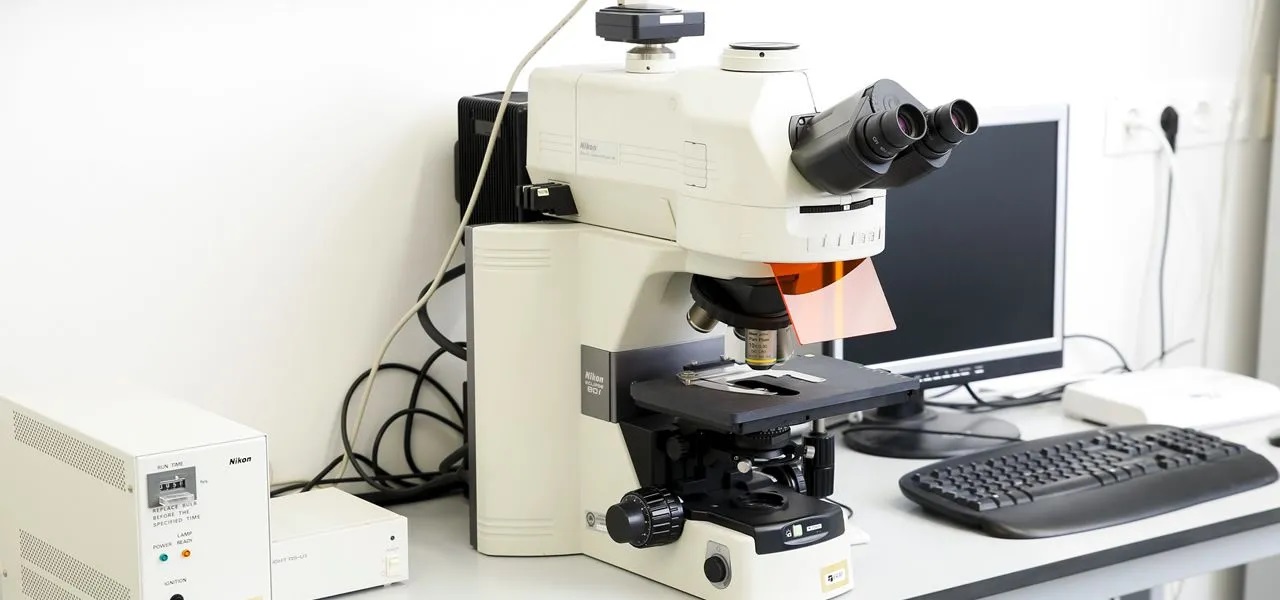

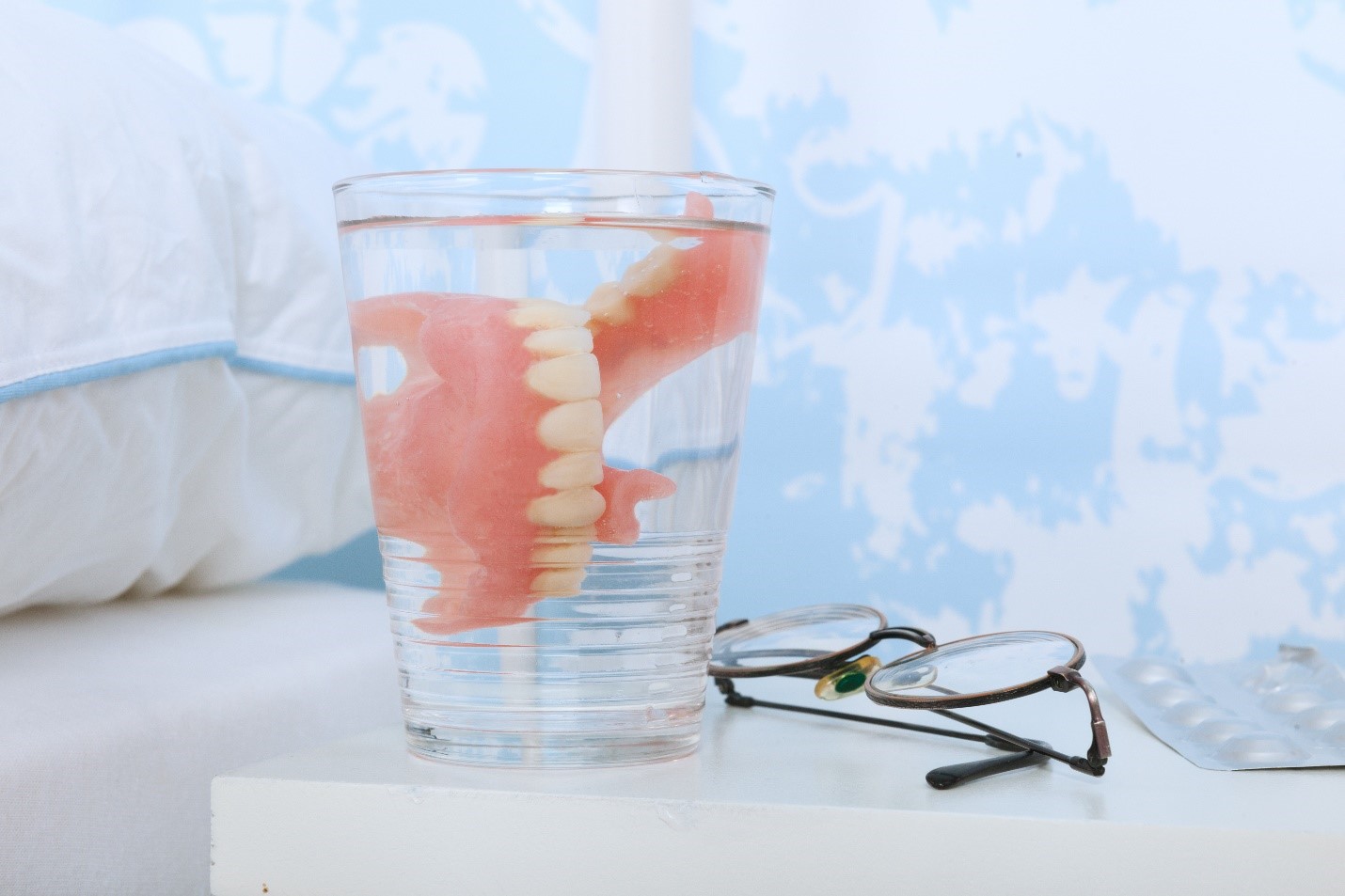
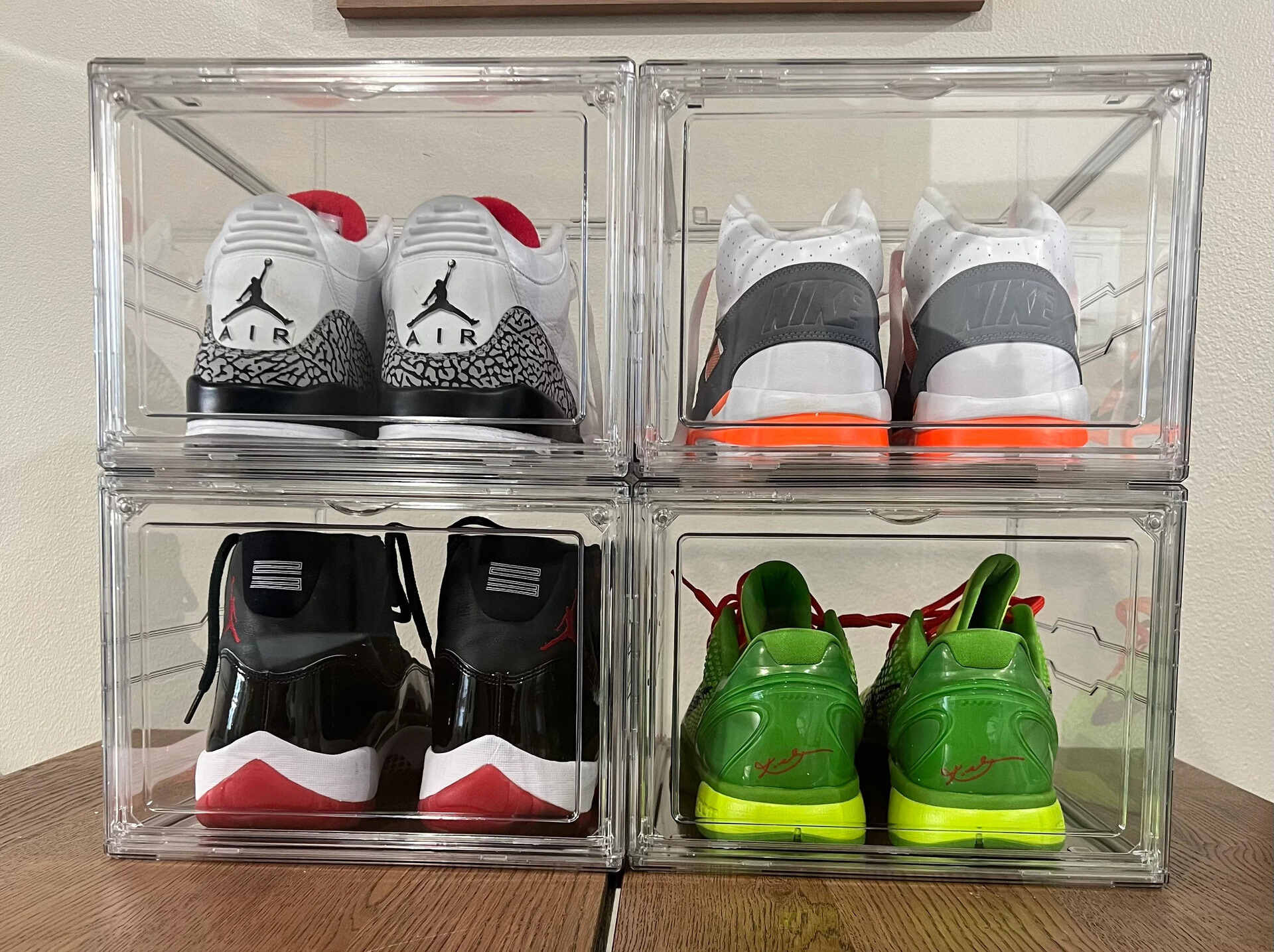

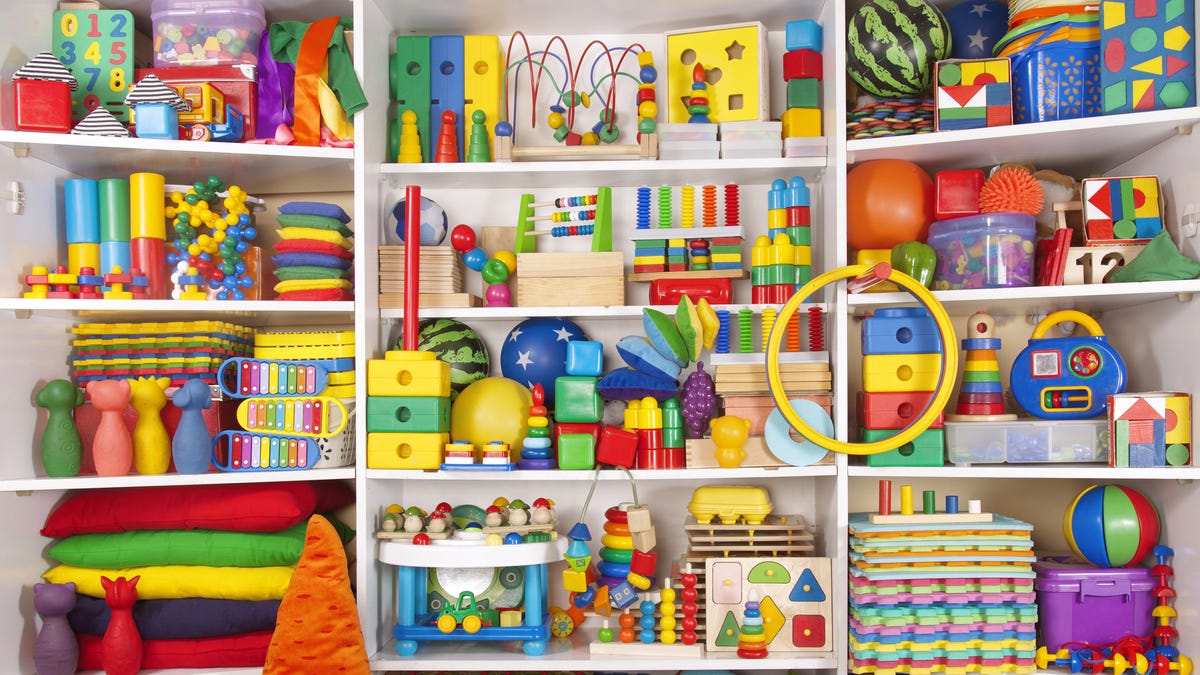

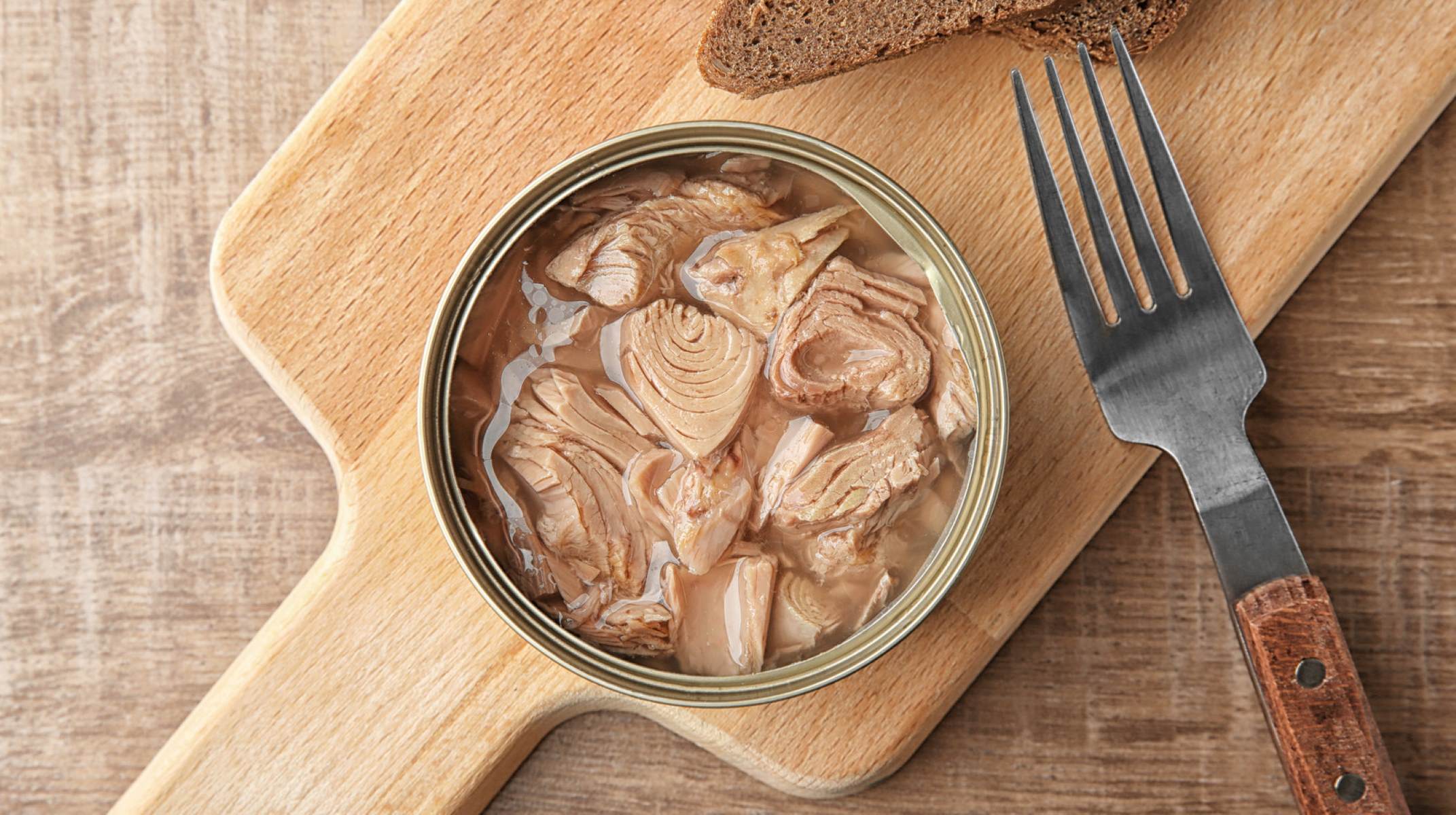
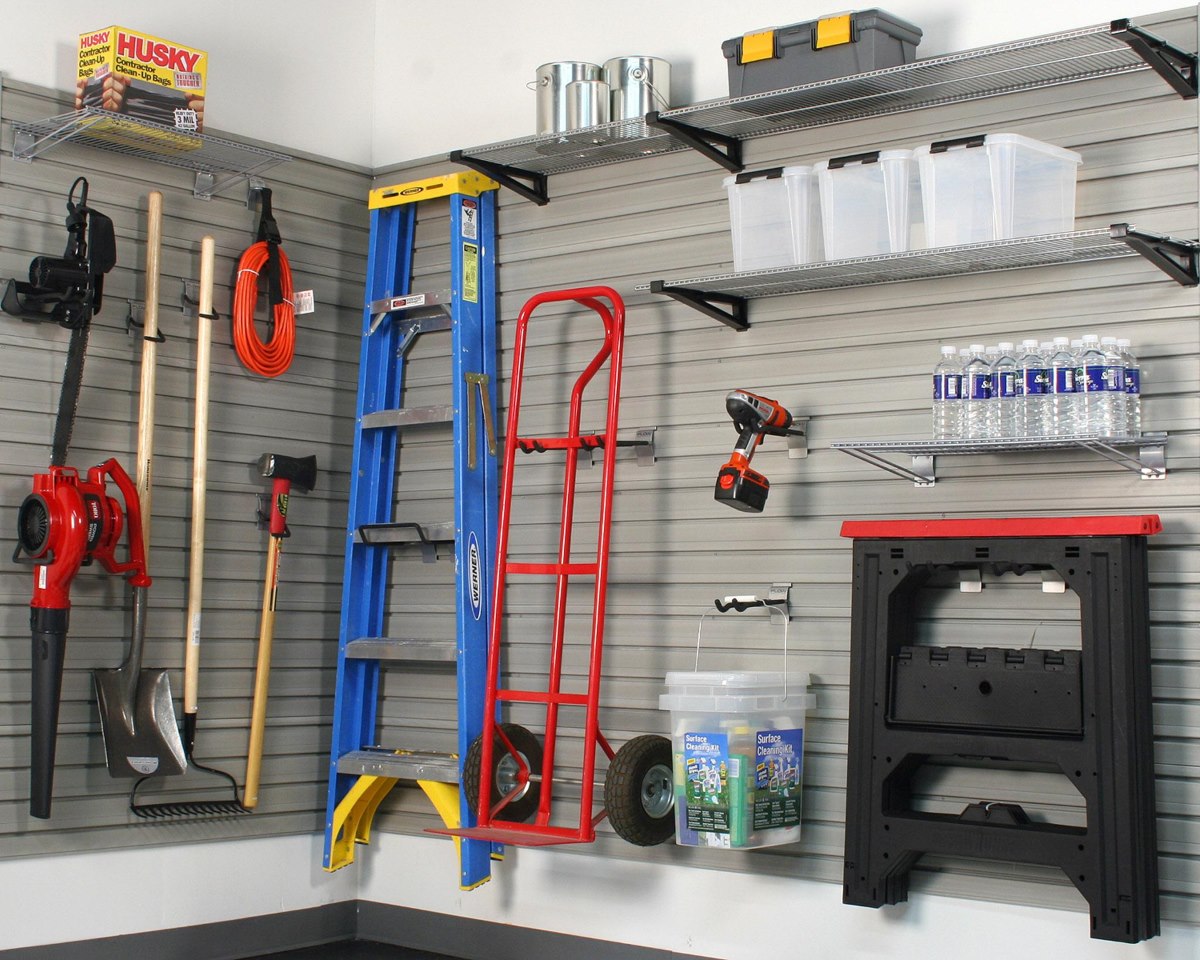

0 thoughts on “How To Store A GPU”